I have visited the Biltmore Estate on several occasions, but my May visit this year was special. I had the opportunity to interview Parker Andes, Biltmore’s Director of Horticulture, and Bill Alexander, Landscape and Forest Historian.
Few properties match the overall grandeur of Biltmore Estate and Gardens in Asheville, North Carolina. Biltmore is a historical perspective of America over a century ago. The property was designed by Fredrick Law Olmstead, Sr., deigned the father of American Landscape Architecture. Famed botanist and horticulturist Chauncey Beadle maintained the grounds nearly 60 years.
Olmstead took on over 1000 acres, an area some 50 times larger than another of his grand projects – New York’s Central Park. The 3- mile entry driveway winds through dense woodlands to the estate home and gardens of tycoon George Vanderbilt. Along the drive are native rhododendrons and azaleas (Rhododendron spp.), mountain laurels (Kalmia spp.), hemlocks (Tsuga spp.), pines (Pinus spp.) and thick stands of bamboo (Bambusa spp.).
A double lined esplanade of 2nd generation tulip poplars (Liriodendron tulipifera) frame the entrance to Biltmore House. The four-acre Walled Garden and the 16th-century Italian garden are adjacent to the house.
The Spring Gardens Festival had just ended, and newly-planted summer annuals replaced thousands of tulips, hyacinths, etal. The adjacent rose garden was fully in bloom. According to Bill Alexander, the garden staff is launching a multi-year rose trial of varieties gathered worldwide.
Many mature specimen trees and shrubs are found on the property: one of the first dawn redwoods (Metasequoia glyptostroboides) brought to the U.S. from China in the early 1940’s; a century-old Persian ironwood (Parrotia persica) with its mosaic patterned bark, and a mature Katsura tree (Cercidophyllum japonicum). The enormous size and majesty of the Olmstead- planted beeches and oaks is always breathtaking.
I concluded the delightfully full day with a trek through the new Antler Hill area, where the Winery and Creamery (not the original) are situated. Close by is the Historical Farm, which includes the livery, coppersmith, and woodworking shops. Visitors have the opportunity to play games popular in the 19th and early 20th centuries. An antique farm equipment museum was recently added near the fruit, vegetable and herb gardens.
Bringing Biltmore Gardens home to your garden is no longer wishful thinking. The horticultural team has partnered with several nurseries around the world to reproduce many of the fabulous plants which have grown on the grounds for over a century. Periodically, I plan to feature these horticultural treasures in my blog: whatgrowsthere

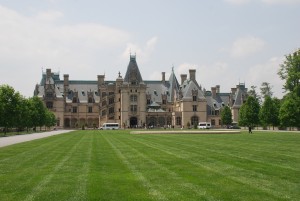
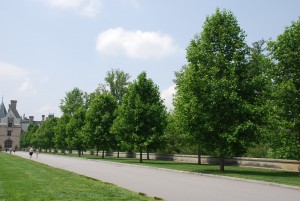
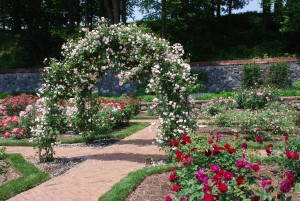
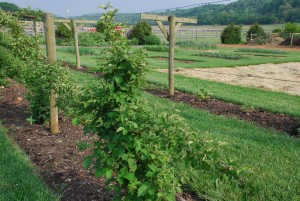
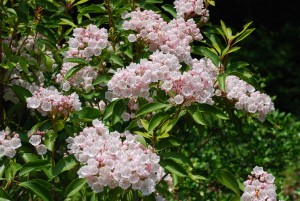
 Posted in
Posted in 
